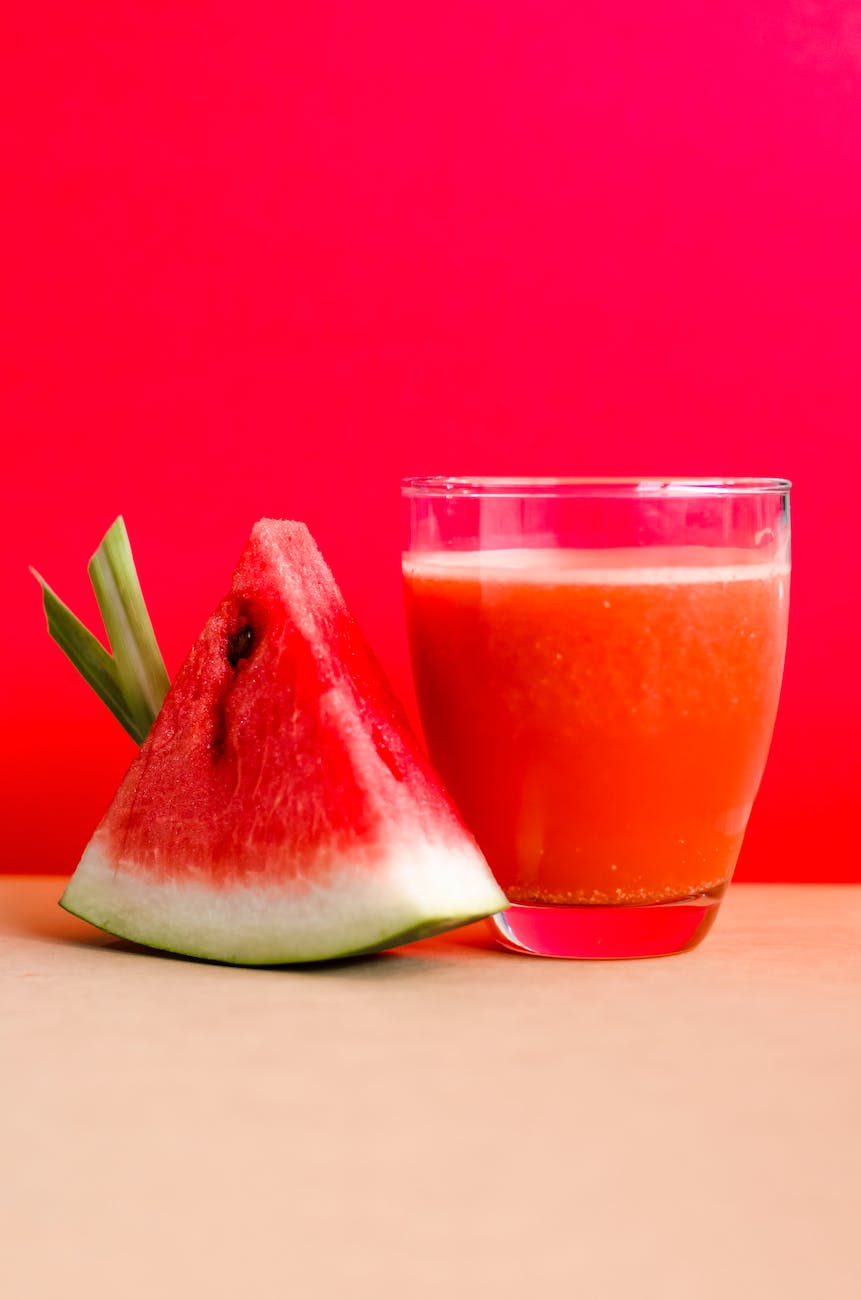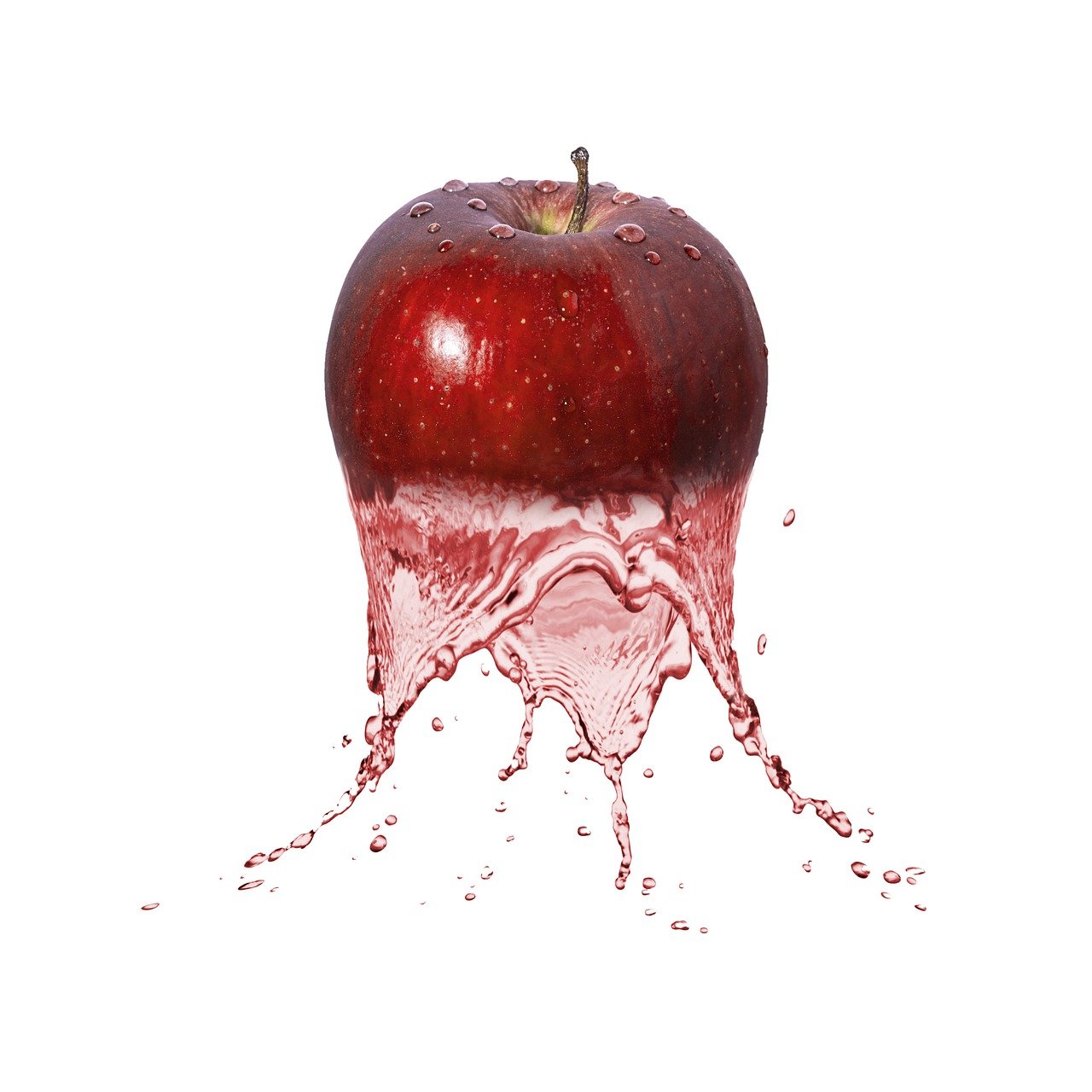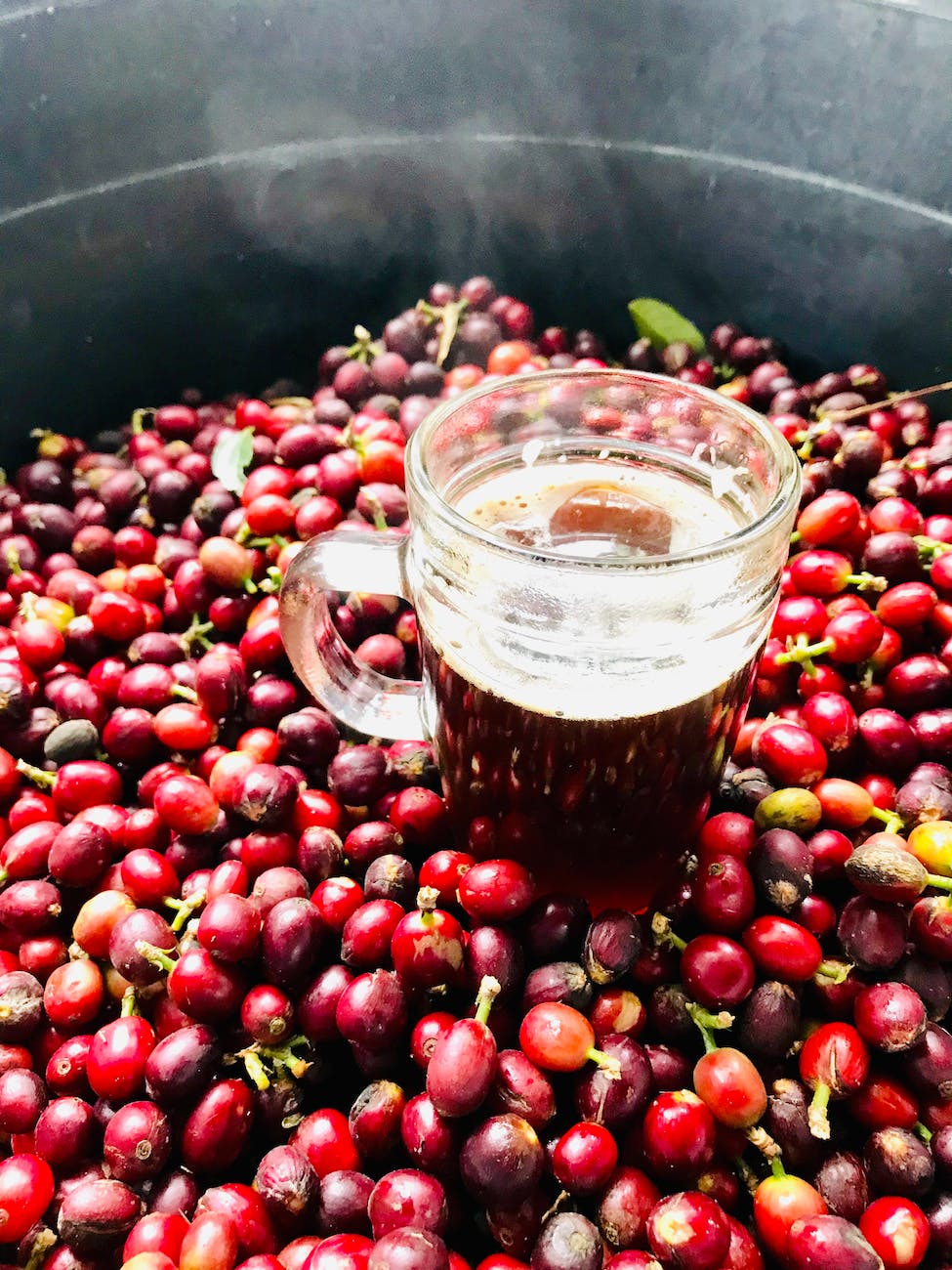
When it comes to snacking, finding options that are both delicious and nutritious can be a challenge. But look no further than the humble carrot! With its natural sweetness, satisfying crunch, and numerous health benefits, carrots make for an excellent snack choice. In this in-depth blog post, we’ll explore why carrots are the perfect snack for a healthy lifestyle, their exceptional nutritional profile, the advantages they offer, creative ways to enjoy them, and tips for incorporating them into your snacking routine. Get ready to elevate your snack game with this vibrant and nutrient-packed vegetable! 🥕🌱
🌱 Nutritional Powerhouse Carrots are a nutritional powerhouse, packed with vitamins, minerals, and dietary fiber that contribute to overall health and well-being. They are an excellent source of vitamin A, providing a whopping 428% of the daily recommended intake in just one medium-sized carrot. Vitamin A is crucial for maintaining healthy vision, supporting immune function, and promoting vibrant skin. Carrots also contain significant amounts of vitamin K, vitamin C, potassium, and dietary fiber, making them a nutrient-dense snack option.
🥕 Low-Calorie and Satisfying One of the key advantages of snacking on carrots is their low-calorie content. With just about 25 calories per medium-sized carrot, they are an ideal choice for those watching their calorie intake. Despite being low in calories, carrots are high in dietary fiber, which contributes to feelings of fullness and satisfaction. This fiber-rich content helps prevent overeating and can support weight management goals by curbing hunger and reducing the need for less healthy snacks.
🌱 Promote Digestive Health Carrots are rich in dietary fiber, both soluble and insoluble, which plays a crucial role in supporting digestive health. The fiber in carrots adds bulk to your stool, aiding in regular bowel movements and preventing constipation. Additionally, the soluble fiber in carrots acts as a prebiotic, promoting the growth of beneficial gut bacteria. A healthy gut microbiome is essential for optimal digestion, nutrient absorption, and overall well-being.
🥕 Nutrient Absorption Pairing carrots with a source of healthy fats can enhance the absorption of fat-soluble vitamins found in carrots, such as vitamin A. The body needs dietary fat to absorb and utilize fat-soluble vitamins effectively. Consider enjoying your carrots with a side of hummus, Greek yogurt dip, or a drizzle of olive oil to maximize the bioavailability of these important nutrients.
🌱 Convenient and Versatile Carrots are a convenient and portable snack option that requires minimal preparation. They come in a natural, ready-to-eat package, making them a go-to choice for busy individuals and those on the go. Carrots are also highly versatile and can be enjoyed in various forms. You can eat them raw as carrot sticks, slice them into rounds for a crunchy snack, or grate them to add texture and flavor to salads, sandwiches, and wraps.
🥕 Kid-Friendly and Fun Carrots are not only nutritious but also appealing to children. Their naturally sweet flavor and satisfying crunch make them a favorite among kids. Get creative by cutting carrots into fun shapes or making carrot “fries” by baking them with a sprinkle of seasoning. By introducing carrots as a regular snack option, you can instill healthy eating habits in your children from an early age.
🌱 Snacking Tips with Carrots Here are some practical tips to help you incorporate carrots into your snacking routine:
- Preparation: Wash and peel carrots, if desired, and cut them into sticks or rounds for easy snacking. Preparing a batch of carrot sticks or rounds in advance and storing them in the refrigerator in an airtight container will ensure they are ready to grab when hunger strikes.
- Pair with Dips and Spreads: Carrots pair well with a variety of dips and spreads. Consider enjoying them with hummus, Greek yogurt dip, tzatziki, or guacamole for added flavor, texture, and nutritional value.
- Roasted Carrot Chips: If you’re looking for a crunchy alternative to raw carrots, try making roasted carrot chips. Thinly slice carrots into rounds, toss them with olive oil, salt, and your favorite seasonings, then bake them in the oven until crispy. These flavorful chips are perfect for snacking on their own or as a side accompaniment to your favorite dishes.
- Add to Salads and Wraps: Grate or julienne carrots to add a pop of color, texture, and nutrients to your salads, wraps, or sandwiches. They provide a satisfying crunch and blend well with other vegetables and proteins.
- Blend into Smoothies: Don’t limit yourself to enjoying carrots solely as a snack. Blend them into smoothies for an extra boost of vitamins, minerals, and fiber. Combine carrots with fruits, leafy greens, protein powder, and your preferred liquid base for a refreshing and nutrient-packed beverage.
- Explore Carrot-Based Recipes: Go beyond snacking and explore carrot-based recipes such as carrot soup, roasted carrot hummus, carrot muffins, or carrot cake energy balls. These delicious creations offer a unique twist on traditional recipes while allowing you to benefit from the nutritional goodness of carrots.
🥕🌱 By incorporating carrots into your snacking routine, you can enjoy a delicious, nutrient-dense, and satisfying snack that supports your overall health and well-being. Whether enjoyed raw, roasted, or incorporated into other dishes, carrots offer a convenient and versatile option to keep you energized and nourished throughout the day. So, grab a carrot, dip it, snack on it, and savor the benefits of this vibrant vegetable!












